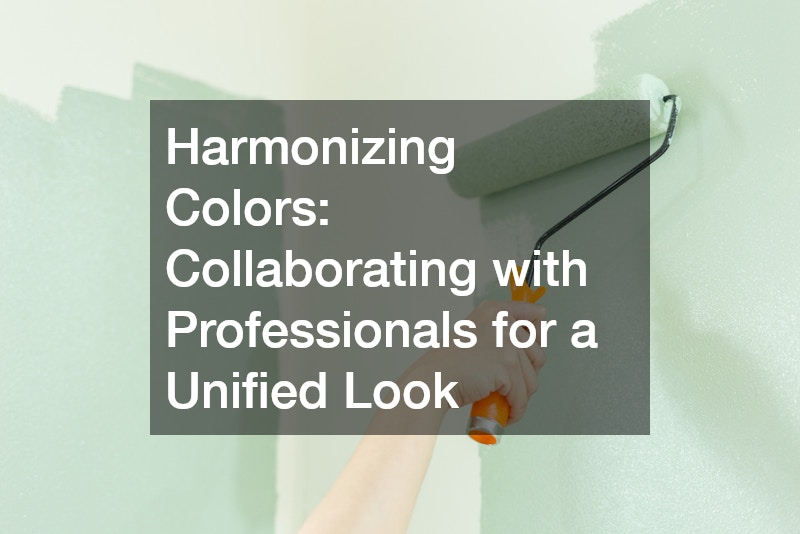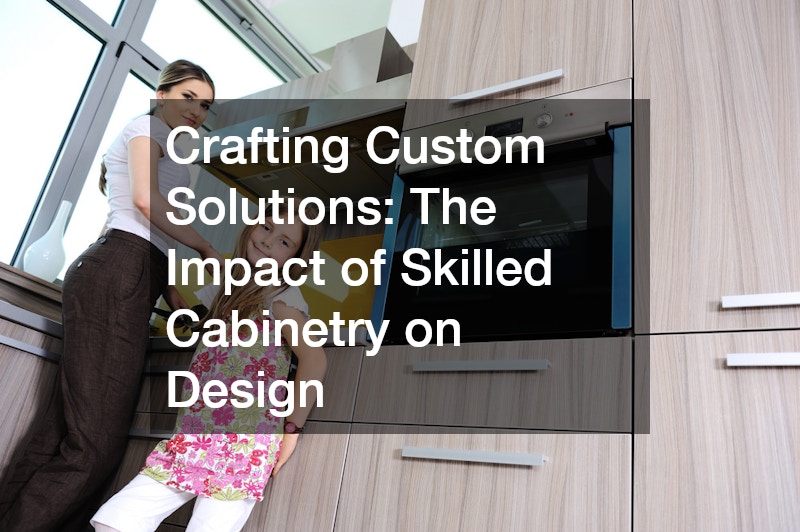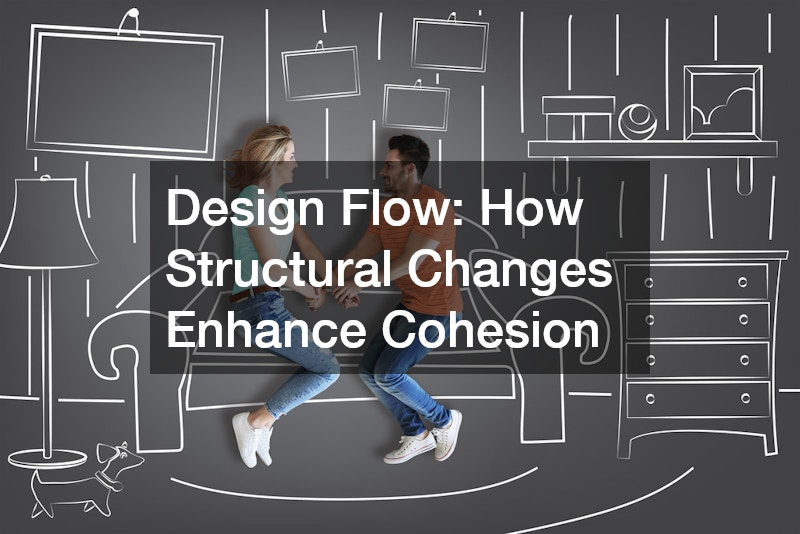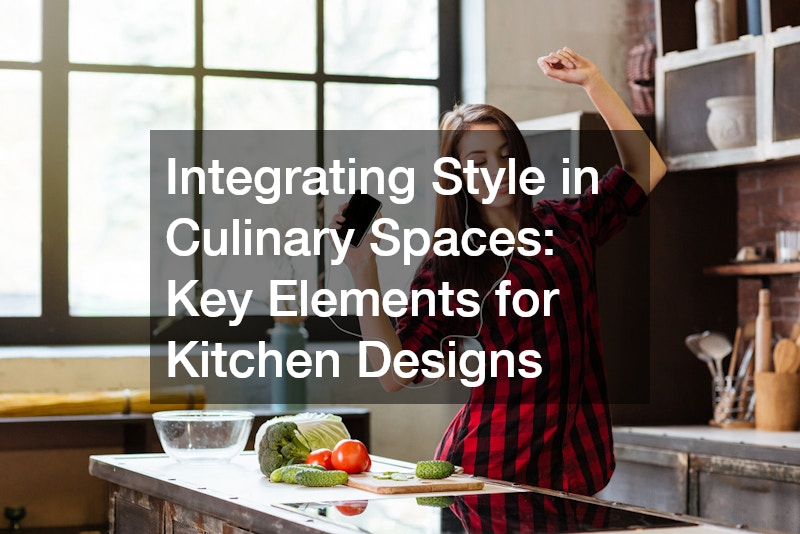
In the world of home improvement and decor, the role of a decorative designer is pivotal. They weave together disparate elements into a cohesive whole, ensuring each component complements the others. This article delves into the various aspects and collaborations involved in achieving a unified design aesthetic.
The synergistic efforts between decorative designers and various home improvement specialists maximize the potential of spaces. From vibrant colors to strategic structural changes, every decision impacts the overall harmony of the design. Let’s explore how these elements come together to transform ordinary settings into extraordinary experiences.
As you’re guided through this article, consider how each section might relate to your own design initiatives. Whether you’re contemplating a major renovation or seeking to enhance a specific area, the insights shared here can serve as valuable inspiration. Join us as we unravel the art and science of cohesive interior and exterior design.
Harmonizing Colors: Collaborating with Professionals for a Unified Look

A skilled decorative designer knows the transformative power of color. Collaborating with a professional painting contractor is crucial in achieving the desired results, ensuring that selected shades and hues complement one another perfectly. Together, these experts can create a palette that both reflects current trends and serves as a timeless background for any decor.
Projects often involve the coordination of diverse color schemes across various elements of a space. This requires a keen eye for detail and a deep understanding of how light and space interact with color. By working closely with decorators, homeowners can elevate the aesthetics of their entire home seamlessly.
The integration of color forms a foundation upon which other design elements are layered. It’s important to choose colors that not only reflect personal tastes but also consider long-term livability and appeal. The result is a space that feels both inviting and infinitely adaptable.
Crafting Custom Solutions: The Impact of Skilled Cabinetry on Design

The artistry of a cabinet maker cannot be understated in the realm of interior design. Custom cabinetry solutions play a significant role in defining a room’s character and functionality. A decorative designer collaborates closely with cabinet makers to ensure these pieces enhance the overall aesthetic.
Cabinetry must be designed to meet both the practical needs and the stylistic vision of the client. Whether opting for classic wood finishes or modern minimalist designs, the impact of well-crafted cabinets is profound. These elements often become a focal point within rooms like the kitchen, offering both storage solutions and visual appeal.
The choice of materials, finishes, and hardware in cabinetry further contributes to the cohesive look of a space. Through collaboration with experienced professionals, homeowners can achieve a perfect balance between aesthetic beauty and practical utility. Such custom solutions are tailored to align with the homeowner’s lifestyle and the architecture of the space.
Design Flow: How Structural Changes Enhance Cohesion

Structural modifications are sometimes necessary to create a harmonious design flow. Working alongside a remodeling company, a decorative designer can transform fragmented spaces into unified areas. Whether opening up walls or altering room layouts, these changes can significantly impact the overall feel of a home.
Thoughtful structural alterations aim to enhance both functionality and aesthetics. They allow for the seamless integration of various design elements, from cabinetry to color palettes, ensuring that transitions between spaces are smooth and natural. Such changes are especially beneficial in older homes, where compartmentalized layouts may restrict natural light and movement.
Collaborating with a remodeler also opens up possibilities for incorporating energy-efficient solutions and modern amenities. The process requires careful planning and execution, but the results can significantly elevate the enjoyment and value of the property. Structural changes not only redefine spaces but enrich the living experience within them.
Integrating Style in Culinary Spaces: Key Elements for Kitchen Designs

The kitchen is often considered the heart of the home, and an exquisite design involves much more than just aesthetics. Kitchen renovations offer the chance to integrate style and functionality, enhancing how the space is utilized daily. A decorative designer considers elements such as layout efficiency, material choices, and visual balance.
Collaboration with general contractors and cabinet makers ensures that kitchen designs are practical as well as beautiful. The selection of high-quality materials and innovative storage solutions are key to creating a space that is both inviting and professional-grade. From countertops to cabinetry, every element contributes to the kitchen’s charm and utility.
A successful kitchen design also incorporates advanced appliances and fixtures that complement the overall style. Investing in durable and stylish options elevates the cooking area into something remarkable. These design strategies can transform even the smallest kitchen into a luxurious and comfortable space.
Building a Vision: Collaborating for a Seamless Aesthetic
A cohesive design is the product of multiple experts working in harmony. A decorative designer collaborates with various other professionals, including painters, cabinet makers, and remodeling companies, to realize their vision. This teamwork ensures that every component aligns perfectly with the desired aesthetic.
Strategic planning and clear communication between all parties involved are vital. This alignment avoids costly misinterpretations and ensures the project proceeds smoothly. The collective expertise of professionals contributes to a design that not only meets expectations but often exceeds them.
Building an aesthetic vision requires patience and flexibility. Design choices should reflect the homeowners’ desires and lifestyle, creating a space that is uniquely theirs. These collaborative efforts highlight the importance of synergy in design projects, resulting in spaces that are both functional and delightful to experience.
Sun Rooms as Design Extensions: Blending Indoor and Outdoor Themes
Sun rooms present a unique opportunity to blend indoor comfort with outdoor ambiance. These spaces serve as a bridge between the interior home environment and the natural world. A decorative designer strategizes to incorporate elements that enhance this connection while maintaining comfort and style.
Proper choice of materials and furnishings can make sun rooms a sanctuary for relaxation. The use of weather-resistant and versatile decor ensures durability and cohesiveness with the rest of the home’s design. Such thoughtful planning enables these spaces to withstand various climates and optimize the enjoyment of their settings.
By aligning sun room design with outdoor landscaping themes, you create a seamless transition that enhances the overall aesthetic. Bringing nature’s tranquility into the living space enriches the experience and invites versatility in usage. From morning coffees to evening gatherings, a well-designed sun room adds significant value and pleasure.
The Art of Comfort: Choosing Sofas that Complement Your Space
The selection of sofas is a significant aspect of interior design, directly impacting comfort and style. As a centerpiece of many living areas, a sofa must align with the room’s aesthetic while providing the utmost comfort. A decorative designer guides choices in materials, shapes, and sizes, ensuring a perfect fit.
Careful consideration is given to the balance between the sofa’s function and its visual statement. Whether opting for a modern silhouette or a classic piece, the design must resonate with the overall theme of the home. High-quality craftsmanship and durable fabrics are key aspects that guarantee both longevity and pleasure.
The choice of color and texture in sofa designs should reflect and enhance the room’s palette. These pieces serve as both functional seating and visual anchors within a space. Thoughtfully chosen, sofas enrich a room’s character, inviting residents and guests alike to relax and enjoy.
Creating Relaxation Zones: Design Inspirations for Outdoor Areas
Outdoor spaces are essential in extending the living area and creating relaxation zones. A decorative designer helps craft these areas to be both functional and inviting. Through thoughtful selection of furniture, decor, and landscaping, outdoor spaces can become beautiful sanctuaries.
Collaboration with pool designers and landscape design companies ensures a seamless integration of water features and green spaces. The goal is to reflect and enhance the interior themes while providing distinct outdoor experiences. Careful planning maximizes the potential of these areas for leisure, entertainment, and relaxation.
From elaborate patios to intimate garden corners, the design of outdoor areas invites creativity and innovation. These zones should cater to varied activities, offering comfort and elegance. Ultimately, well-designed outdoor spaces enhance overall property appeal and provide cherished experiences for homeowners.
Expanding Your Vision: Landscaping Ideas that Reflect Interior Themes
Landscaping plays a crucial role in complementing and enhancing interior themes. A decorative designer ensures that outdoor areas are an extension of interior spaces, creating a cohesive aesthetic that flows naturally. Collaboration with landscape design companies can bring visionary ideas to life.
Strategically selected plantings, hardscapes, and water features bond with indoor colors and textures. These elements carry interior design motifs outside, reinforcing unity across the property. The choice of materials, plants, and layouts play a vital role in reflecting a home’s aesthetics impeccably.
Landscaping highlights the connection between natural surroundings and designed spaces. It presents an opportunity to blend beauty with functionality, offering visual continuity that’s both immersive and invigorating. The result is a refined property where every element harmonizes with the next.
Timeless Floors: Enhancing Your Space with Wood Finishes
Flooring is a fundamental element in design that can significantly influence the ambiance of a space. The refined look of hardwood refinish evokes elegance and warmth, making it a popular choice among decorative designers. A seamless finish serves as a stylish base for any room concept.
Wood floors offer durability and a timeless appeal that few materials can match. They provide versatility in design, complementing both classic and contemporary decor. The selection of wood type, stain, and finish are crucial decisions that impact the harmony and feel of a room.
Collaborating with professionals skilled in hardwood refinishing ensures a high-quality installation. Maintaining these floors through the years adds to their charm and value. Their timeless nature supports diverse design themes, making them a cherished feature in many homes.
Defining Focal Points: Using Key Pieces to Create Visual Unity
A successful design incorporates focal points that anchor a room’s visual journey. The role of a decorative designer is to identify and enhance these key elements, contributing to the room’s overall aesthetic. Artistic pieces, unique furniture, or striking decor can serve as focal answers.
Focal points draw the eye and offer visitors a starting point to interpret the room’s design language. They aid in setting the tone and character of the space, ensuring cohesion throughout. By strategically placing these focal pieces, designers guide the visual flow within environments.
Balance is essential; focal points should enhance the room without overpowering it. Effective use of proportion, scale, and color ensures these pieces contribute to the unified vision. The strategic incorporation of focal elements results in a space that is both visually stimulating and harmonious.
Thoughtful Accessorizing: Selecting Decor that Complements Your Style
Accessories are the final layer in a well-crafted design, adding personality and flair to a space. A decorative designer excels in choosing decor that enhances a home’s style and complements the existing elements. Thoughtful accessorizing brings unity and enrichment to interiors and exteriors.
The selection process involves balancing textures, colors, and forms to create a cohesive aesthetic. Each piece is chosen for its ability to accentuate the overall design theme without detracting from other elements. Accessories offer opportunities to incorporate current trends into timeless designs.
Accessories should be reflective of the homeowner’s personality and lifestyle. By integrating cherished objects, the space becomes more personalized and comfortable. Thoughtful accessorizing harmonizes design objectives with unique personal touches, creating spaces that are both beautiful and meaningful.
The Role of Lighting: Enhancing Atmosphere and Cohesion in Design
Lighting plays a transformative role in creating atmosphere and emphasizing design themes. A decorative designer understands that strategic lighting choices enhance both functionality and beauty. Lighting fixtures are as integral to the design as furniture, color palettes, and accessories.
Different lighting installations can highlight architecture, draw attention to focal points, and enhance color harmonies. They provide both practicality and ambiance, driving the mood of each room. Understanding the interplay of light with other design components is essential for cohesive and engaging spaces.
Lighting technology offers various innovative solutions, from energy-efficient LED setups to dramatic chandeliers. Proper selection and placement of lighting fixtures ensure it’s both effective and cohesive with the space’s design. Lighting enhances the unified vision, illuminating the intricacies of different elements seamlessly.
A harmonious design results from strategic planning, skilled collaboration, and conscious decision-making. The decorative designer plays a central role in guiding this process, ensuring every choice contributes to a cohesive final look. By working with various professionals, they elevate the space into a refined, unified aesthetic.
From interior elements such as cabinetry and flooring to connective outdoor themes, the coordination of distinct parts results in a seamless whole. Whether planning for small improvements or undertaking large-scale renovations, these principles ensure success. This comprehensive approach to design maximizes beauty, functionality, and value.
Design cohesion extends beyond appearances to encompass emotions and experiences within a home. When all aspects align harmoniously, they transform daily living into an art form. By considering the insights and strategies outlined here, readers are better equipped to pursue their unique vision for cohesive spaces.
